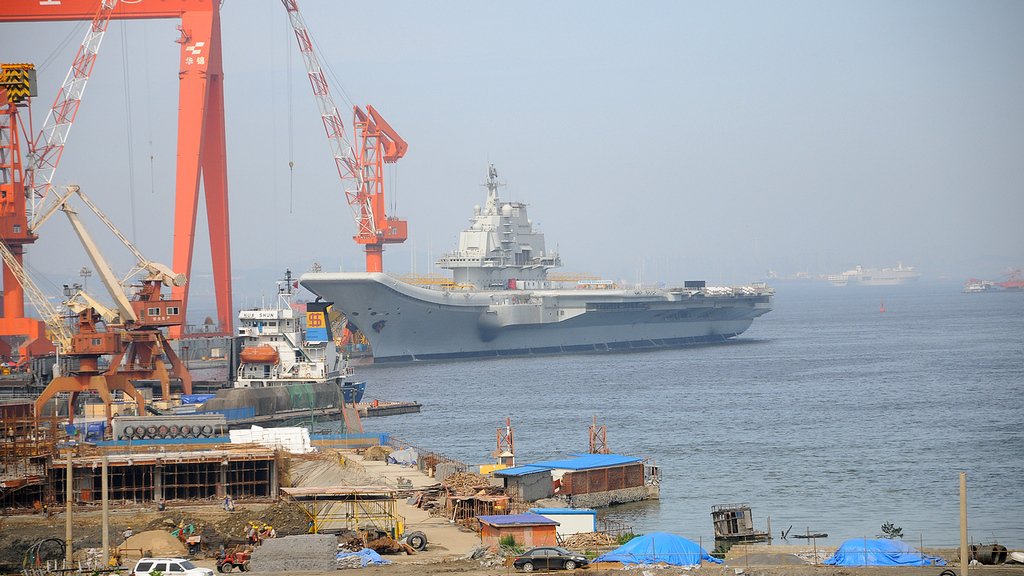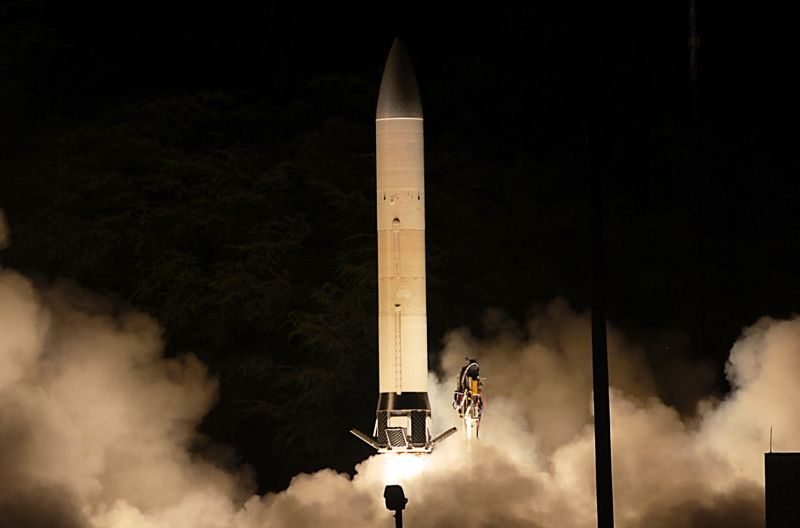China’s first aircraft carrier began its second sea trial on Tuesday after undergoing refurbishment and testing, the government said, amid heightened regional tensions over maritime territorial disputes.
The 300-metre (990-foot) ship, a refitted former Soviet carrier called the Varyag, underwent five days of trials in August that sparked international concern about China’s widening naval reach.
“China’s aircraft carrier platform, after successfully completing its first sea trial in August, returned to the shipyard as planned for further refitting and testing,” the defence ministry said.
“The work has been carried out and it set sail again on November 29 to carry out relevant scientific and research experiments.”
The announcement comes against a background of growing tensions over maritime disputes in the Asia-Pacific region.
China has become increasingly assertive in its claims over the East China Sea and South China Sea, most of which it views as its maritime territory, but where several other Asian nations have competing claims.
Last week Beijing said it would conduct “routine” naval exercises in the Pacific Ocean, following a major diplomatic campaign by US President Barack Obama to assert the United States as a Pacific power.
Beijing only confirmed this year that it was revamping the old Soviet ship and has repeatedly insisted that the carrier poses no threat to its neighbours and will be used mainly for training and research purposes.
But the August sea trials were met with concern from regional powers including Japan and the United States, which called on Beijing to explain why it needs an aircraft carrier.
China reportedly bought the carrier’s immense armoured hull — with no engine, electrics or propeller — from the Ukraine in 1998.
The PLA — the world’s largest active military — is extremely secretive about its defence programmes, which benefit from a huge and expanding military budget boosted by the nation’s runaway economic growth.
Earlier this year, China announced military spending would rise 12.7 percent to 601.1 billion yuan ($91.7 billion) in 2011.











